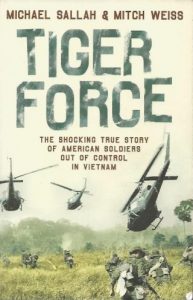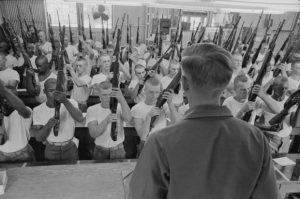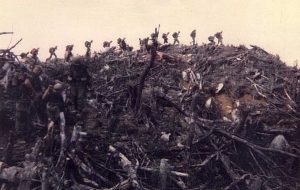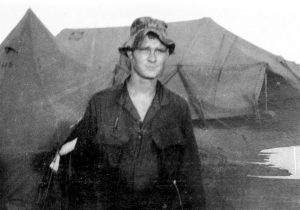
![]()
I’ve just finished reading Tiger Force (for a much fuller review of the book see my mini-military blogpost on it, here), about out of control US paratroopers butchering Vietnamese civilians, a fascinating if disturbing subject. Reading this quite pulpy/thriller style modern combat history makes me want to watch the Ken Burns, Lyn Novick Vietnam series again.
Ken Burns and co. spent five years making the superb Civil War documentary series for PBS. Vietnam took twice that time. And when one watches this, one can see why. Both these wars, very different in so many ways, play a large part in making America what she is today

![]()
Although the Civil War occurred over 150 years ago, the wounds still fester. How much more so then, for a conflict only 50 years past? With ‘Nam there are still so many left alive that took part, or whose lives were scarred by the events. One such being Vietnamese girl – Phan Thị Kim Phúc – famously photographed, naked, terrified, obviously screaming or crying, fleeing with other civilians from an South Vietnamese [1] napalm bombing. Currently living in Canada, she’s still having skin-graft surgery, all these years later.
I’d dearly love to have this set on DVD, having watched a full-length version online, and the heavily edited version on the BBC iPlayer. But I’m going to wait for it to come down in price (at the time of posting this it’s currently on Amazon UK at over £50!). Even the truncated BBC version was superb. I’ve no idea why the BBC chose to show only ten hours of the full 18 that comprise the original series. Perhaps it was a condition of the production’s syndication or franchising rights? Fortunately there is a widely available full-length version out on DVD.

There was a actually a very similar series made in the early ’80s, called Vietnam, A Television History (or something similar), which was also, like this, a PBS (Public Broadcasting Service) production. It’s interesting to note that, as you’ll learn here, on the Burns series, PBS (for TV, and an equivalent radio organisation whose acronym escapes me) were fruits of Lyndon Johnson’s ‘Great Society’ policies. Yet it was Johnson who, taking over from the assassinated JFK, really escalated America’s commitment to the war, thereby jeopardising his progressive social vision.
In many ways that older TV series is every bit as good, perhaps in places even better, than this newer version. But both make very strong and deliberate attempts to get all sides of the story, from the troops, the civilians, the politicians, generals, journalists, peace movement protesters and so on. This Burns version stays in a more chronological mode, whereas the older series was slightly more thematic, and from that point of view Burns’ new series flows rather better.


The American right doesn’t like Burns – he’s an avowedly and open liberal, and whilst of draft age at the time, he managed to avoid being sent to the Vietnam war – but he’s at pains to point out that he sourced commercial backing for this series from across the board, and that the views his talking heads present are not his own, but are there for the audience to judge.
I think he probably has aimed for balance, but I can also see why the American right feels he has skewed the telling of the story towards a certain left-leaning view of it. In part it might even come down to aesthetics: all the Burns docs I’ve seen (inc. this one, and his WWII no ACW series) have a very particular feel, with moody scenic shots, melancholy music, and a definite non-glorification of war theme.
Still, this and the 1980s series are both very worthy efforts at looking at the whole sorry story that was Vietnam. Not entirely neutral, nor entirely flawless. But pretty amazing, and well worth watching. Essential viewing, I’d argue.
NOTES:
[1] I originally wrote American here, but discovered via Wikipedia that it was the South Vietnamese Air Force who dropped this particular batch of napalm. But as the napalm itself, not to mention the plane, and probably also the training and the operational planning, would derive from America… well, you know what I’m getting at.
